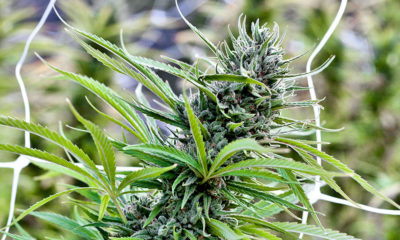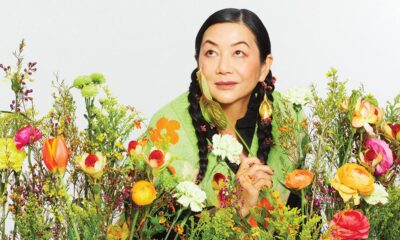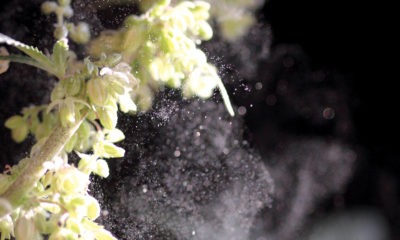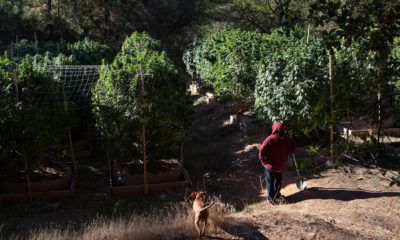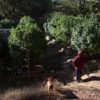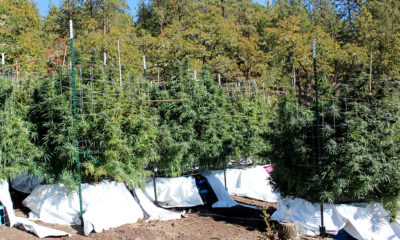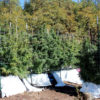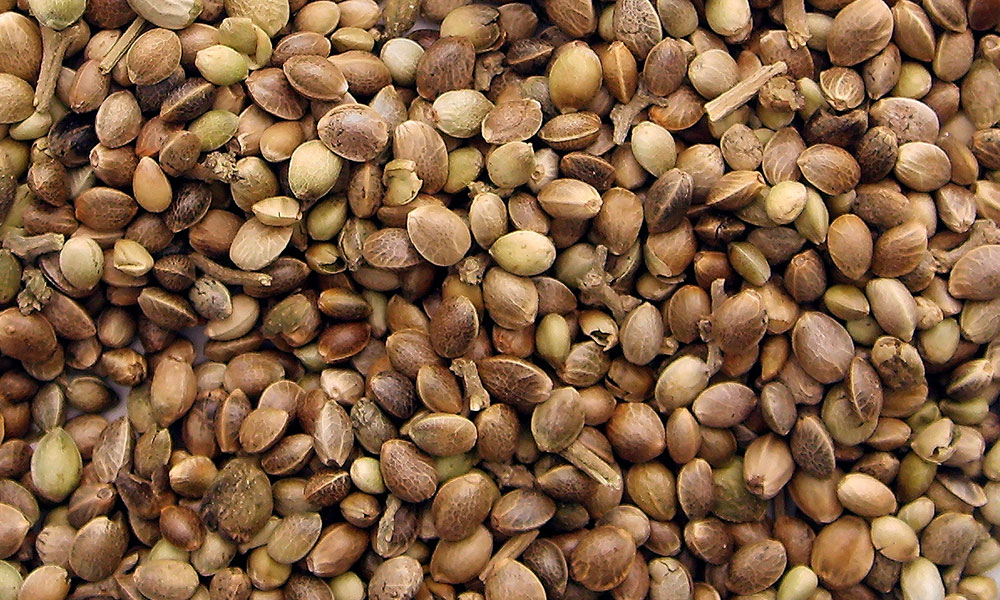
Cultivation
5 Basic Tips for Finding the Best Cannabis Genetics
A fundamental first step for growing marijuana from seeds.
The hunt for great cannabis genetics can be daunting for beginners looking to grow. After all, a 10-pack of seeds can cost hundreds of dollars and there’s no real way to know if you’re investment has paid off until you’ve grown out the plant, trimmed and cured the buds and puffed the final result. Because the genetic diversity of the cannabis plant is monumentally vast and there are so many mouth-watering new cultivars, it’s very easy to feel like a kid in a candy store. Even the strain names themselves reflect this metaphorical allusion. At the Emerald Cup this past weekend, Cannarado sold upwards of 20 different Sundae Driver crosses with names like Root Beer Float and Grape Sundae.
Ultimately, when it comes to making a choice about which cultivars to invest in, purchasing seeds — like many aspects of enjoying cannabis — is all about personal preference and discovery.
Do the Research
Award-winning cannabis breeder Mean Gene said it has taken him years to know “what is what” when it comes to cannabis genetics. Gene’s advice was to find someone with an unbiased opinion on a cultivar that they’ve already grown out. At a massive seed purchasing event like the Emerald Cup, Gene recommended standing in line and getting other people’s feedback.
Doing research on the genetics is also key, he said. “You don’t want to go to somebody who is going to be a ‘yes’ man. You want to find what fits your needs the best.”
At the cup, Hepburns founder Allie Butler waited in the line at Gene’s Freeborn Selections booth for the Lime Pop Kush F3 seeds on a hunt for a strain that provided the right amount of “resin production and terpene profile.” “I’m looking for sh*t that keeps you coming back,” she said.
Pay Attention to the Generation
Cannabis strains will combine the best aspects of its parental lineage, but like two sisters in the same family, the seeds will create unique results every time. Breeders work to find the optimal version, or special phenotype, of a strain they create and then stabilize the genetics through subsequent generations. An F1 hybrid is the first generation of a parental cross and the generations that follow are known as F2, F3, etc. Looking for later generations, such as Gene’s Lime Pop Kush F3, means growers are more likely to get consistent results from the plants they grow from seed.
Discover What You Want
Gene described himself as a “plant enthusiast” and said, for him, choosing which strains to grow is as much about how the plant resonates with him aesthetically as it is if it has interesting flavors or terpene profiles. Comparing cannabis to other plants, Gene said if you don’t like the look of artichokes, you might want to grow pepper plants instead. New growers should also be asking questions about a plant’s yield and resistance to mold.
Grow for Your Area
For Nikki Lastreto, one of the cultivators behind Swami Select, choosing genetics means finding the seeds bred in her area. That’s easy for her to say. In this case, Lastreto’s area of Mendocino County is one of the most award-winning cannabis cultivation regions on the planet. However, no matter your location, choosing seeds bred in the region of the world where you’d like to grow them makes good sense anywhere, as those cultivars will be best adapted to the environmental conditions and best able to express the plant’s truest expression of its identity — through embracing the terroir, a set of environmental factors such as climate, soils and terrain unique to a specific place.
“We like to get seed bred in our area because we know they’re going to go well with our terroir,” Lastreto said.
Accept the Results
Growing cannabis from a seed is harder than growing from a clone, a cutting from a female plant, because cannabis is a plant that has both male and female genders. While some companies do create feminized seeds, or seeds that have been created through a process of using colloidal silver to make a female plant produce pollen sacks instead of flowers and then pollinating a female plant with the feminine pollen, Lastreto said she prefers using un-feminized seeds and accepting the surprise gender results.
The longtime Emerald Cup judge compared the process to having a child, saying you can’t look to choose the sex of your cannabis plant any more than you can choose the sex of your baby.
“You have to accept that when you’re growing from seed,” she said. “You don’t know what you’re going to get.”
TELL US, have you ever grown your own cannabis?



